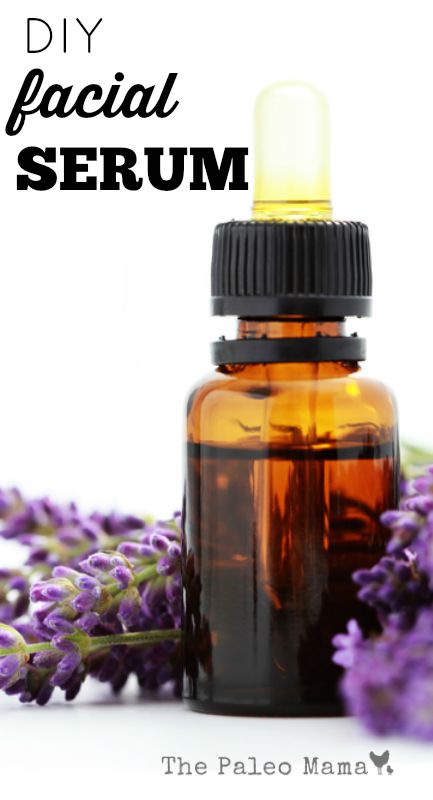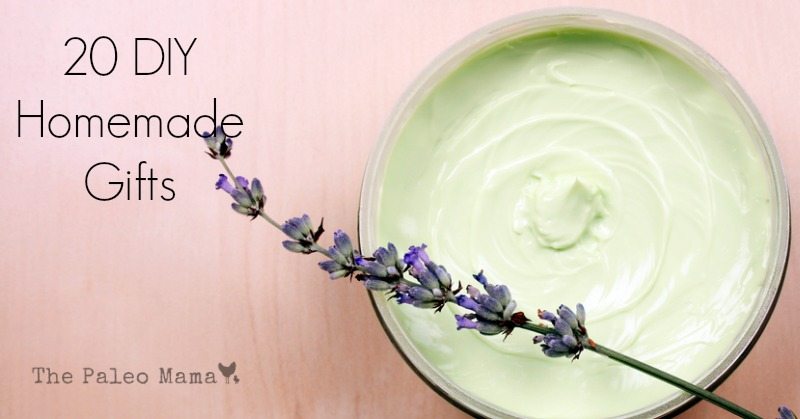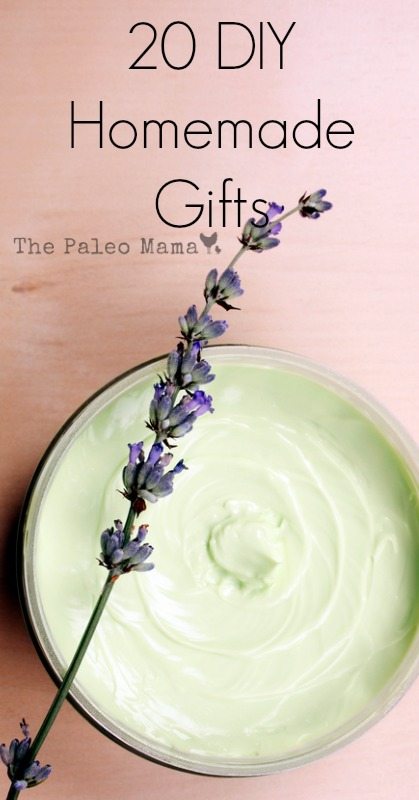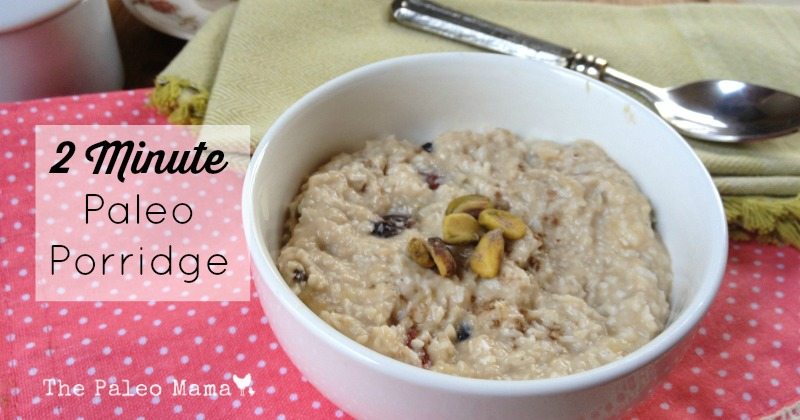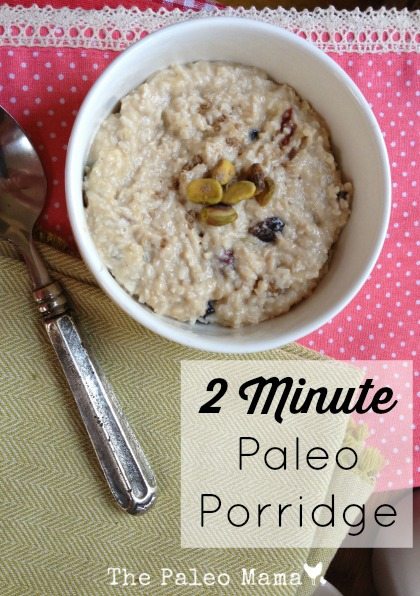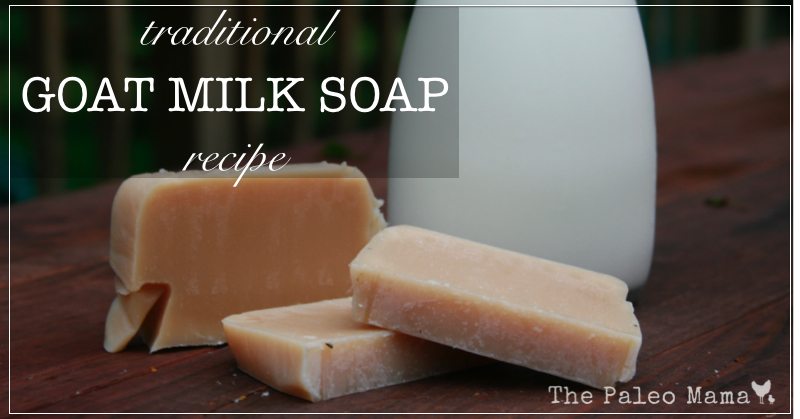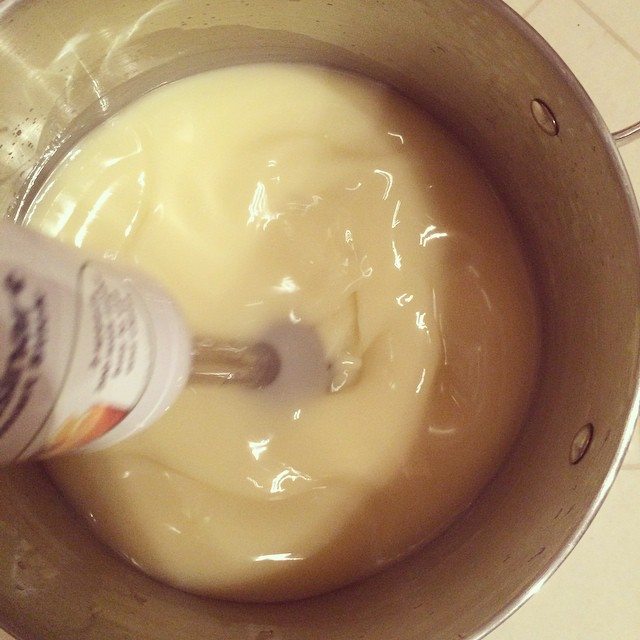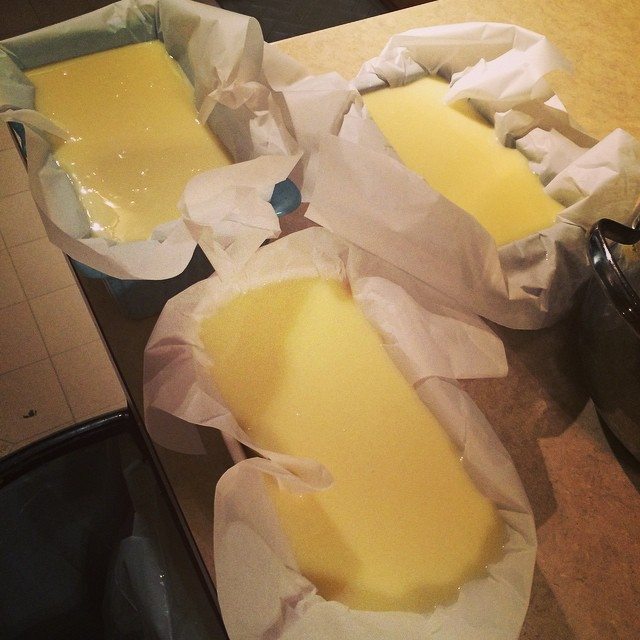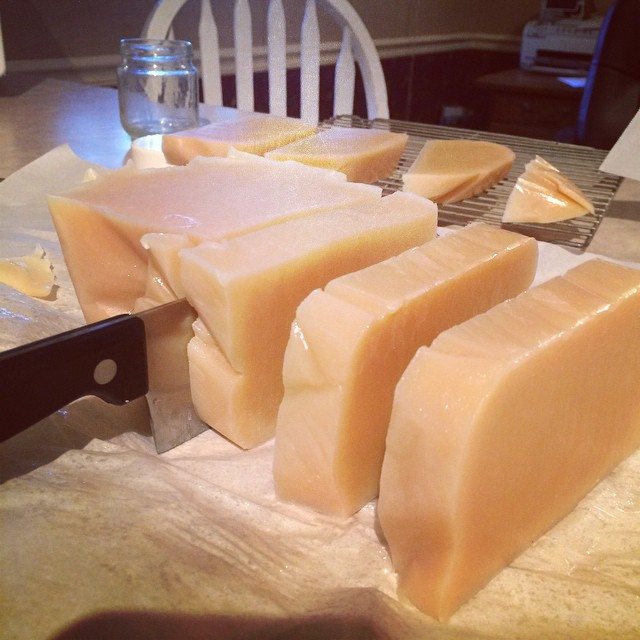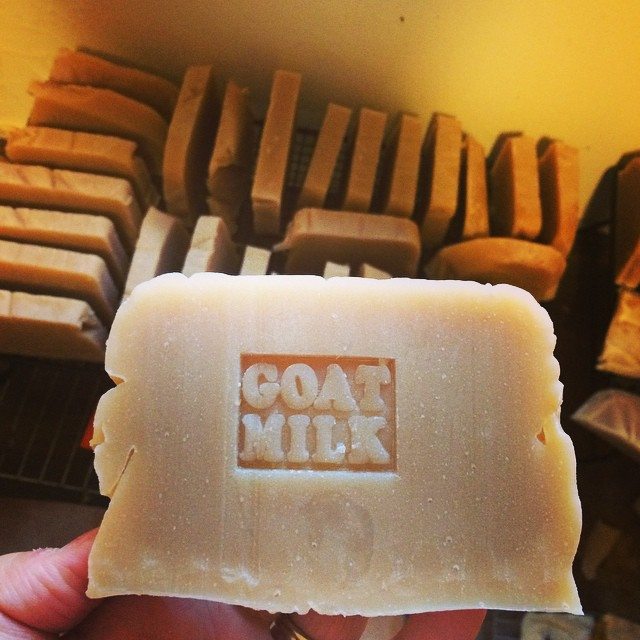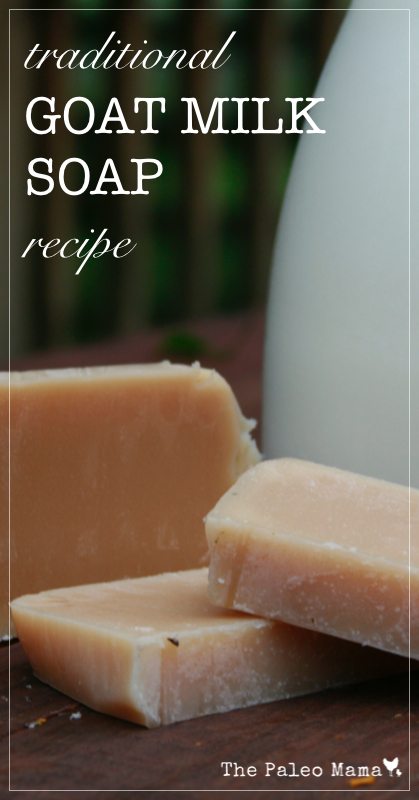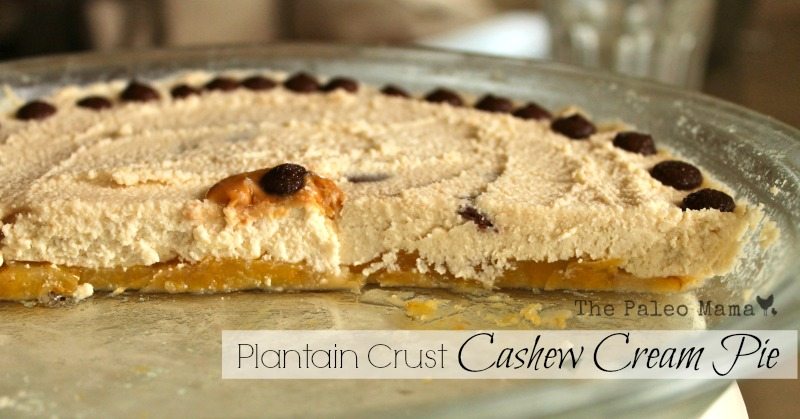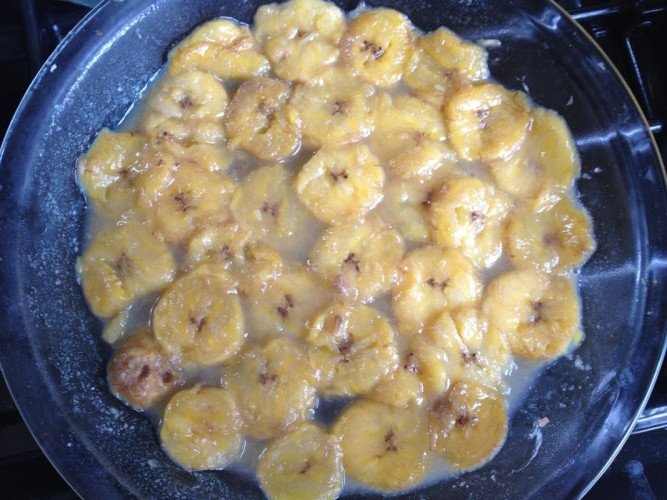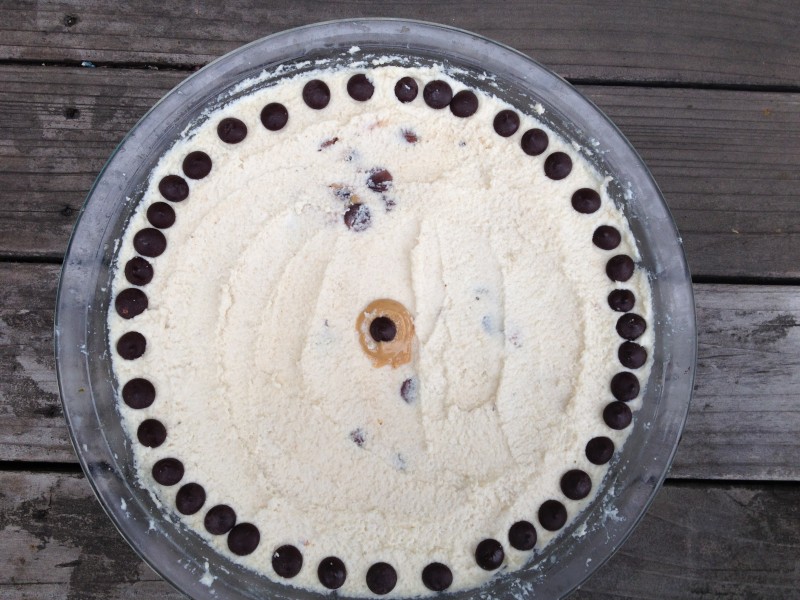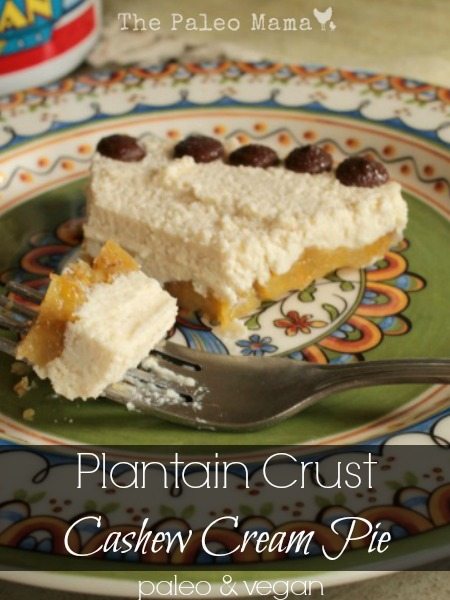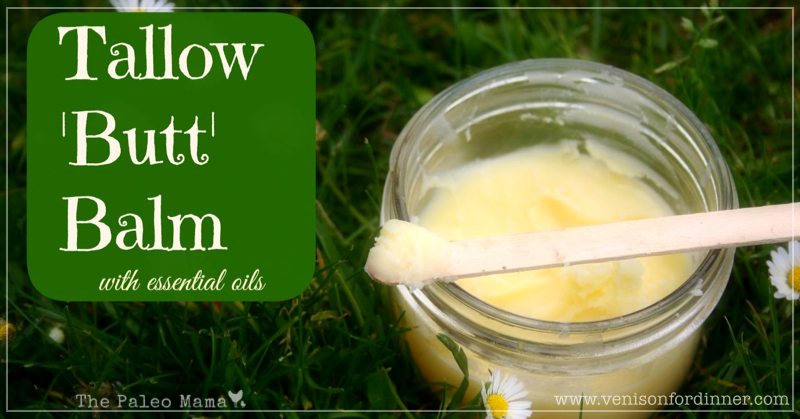I’ve traded in my expensive over-the-counter facial products for simple and natural ingredients! Not only are they 100% natural, but they are, also, safer and MORE effective than anything you could purchase from the store.
I’ve been using the oil cleansing method on my face for years. I love it and will never go back to cleansers and moisturizers. CLICK HERE to see what the oil cleansing method is and learn more about this safe and effective way to cleanse your face.
Lately, as I’m getting a tad bit older, I’ve been using specific anti-aging essential oils to help promote healthy skin. I created a “facial serum” that uses my favorite essential oils and are known for their anti-aging benefits! Take a look at the oils below…
1) Lavender – Lavender is great for all skin types, but very powerful for mature skin. It is widely known for its calming and relaxing properties but also is great for soothing mild skin irritations.
2) Frankincense – Frankincense is one of the most prized and valued essential oils. It’s used in many beauty products to slow the signs of aging and to promote a youthful, radiant skin.
3) Geranium – Uses of Geranium essential oil date back to ancient Egypt when Egyptians used Geranium oil to beautify skin. As an essential oil, Geranium has been used to promote clear, healthy skin—making it ideal for skin care products (source).
4) Myrrh – Ancient records show that Myrrh was deemed so valuable that at times it was valued at its weight in gold. It is also soothing to the skin—promoting a smooth, youthful looking complexion.
I buy only therapeutic-grade essential oils. You can click here to purchase your very own wholesale starter kit at wholesale prices!!!
DIY Facial Serum Recipe
INGREDIENTS:
- 50ml glass dropper bottle (where to buy online) – we save old stevia bottles and use them for things like this!
- 4 Tablespoons of Almond oil (where to buy) or Jojoba oil (where to buy)
- 7 drops each of Lavender, Frankincense, Geranium, and Myrrh Essential Oils (where to buy)
- Empty 2 capsules of Vitamin E (OPTIONAL)
DIRECTIONS:
- Add everything to your glass dropper bottle. Shake.
- Apply at night before bed!
